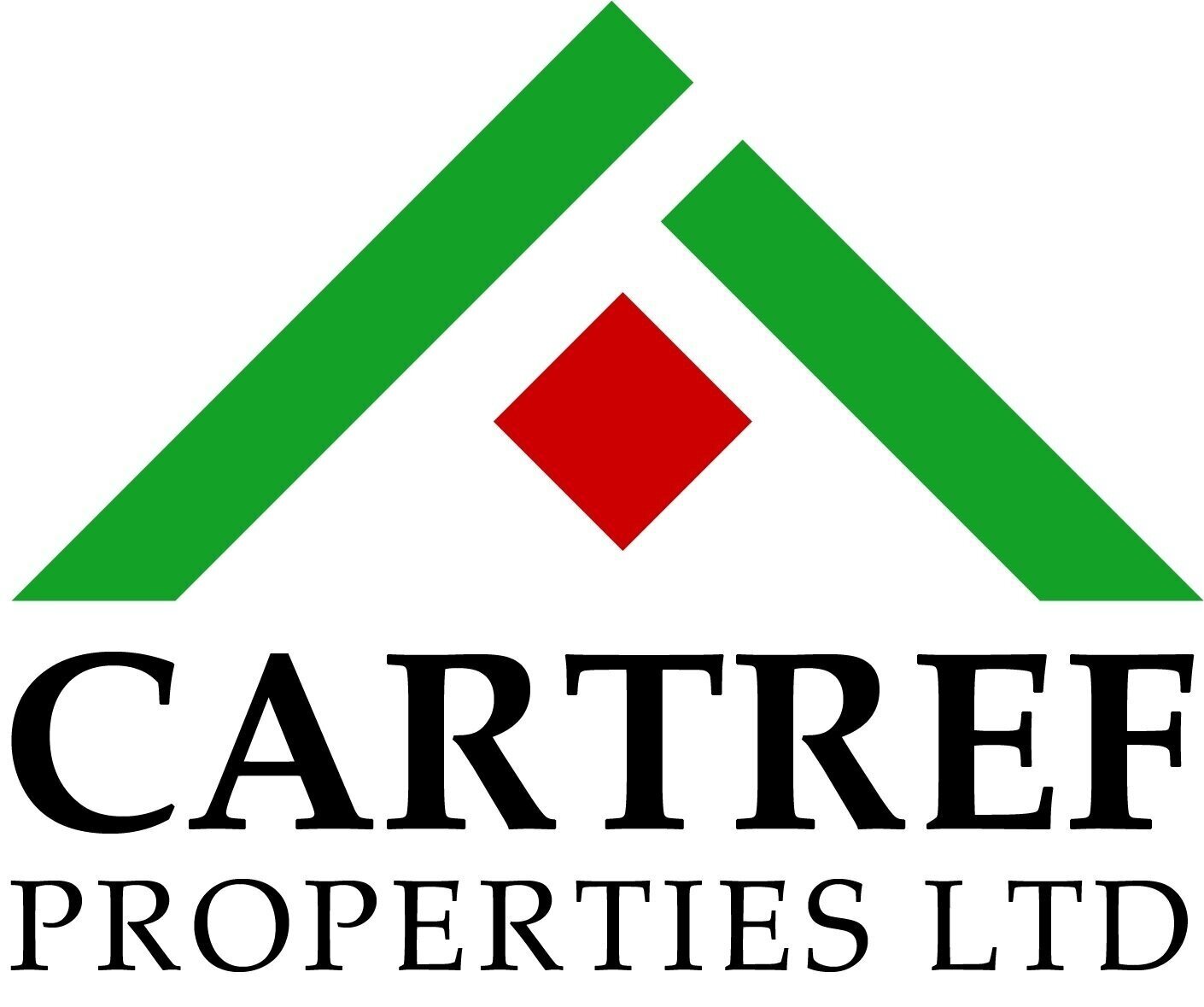Wear and Tear vs Damage?
When tenants are vacating a property it is important to follow the move out process steps. This includes completing the condition inspection report with the tenant at the time they move out. This form has a section at the bottom where both the landlord and the tenant sign off on the amount of deposit being kept due to damage to the property, or for unpaid rent and utilities.
Section 37 of the Residential Tenancy Act requires tenants to vacate the property and “leave the rental unit reasonably clean, and undamaged except for reasonable wear and tear, and “
The big question is what is reasonable wear and tear? Often the tenants' version of wear and tear doesn’t match the Landlords. When we move a tenant into the property we use the example of hanging a single picture frame on the wall. This will leave a pin hole in the wall which is not very visible. In today‘s market many people have TV’s that are hanging from the wall on a bracket. The requirements to hang a TV bracket are very different than a picture hanging hook. We describe the TV bracket as an example of damage to the wall in our opinion. TV brackets often require large screws into studs to hold the weight of the TV and leave significant damage to the wall.
In our experience it is often easier to accept some form of payment from the tenant for the damage even if it isn’t the entire cost of the repairs. If at the time of completing the condition inspection report you are not able to reach an agreement of the cost being kept from the tenant’s deposit, you must file with the RTB within 15 days to keep the funds. This means you don’t return any of the funds, and you are not allowed to use those funds to complete repairs until the RTB hearing which determines if you have the right to keep the deposit funds. It is possible the RTB decides you are asking for money which isn’t reasonable for the damages caused and they don’t approve you to keep the funds.
It is important to have a clear discussion with the tenants when vacating about what you anticipate the costs would be to repair the damage. If the wall needs painting and the tenants say paint only costs $30 per can of paint, you reply with yes, though I need to pay someone to come here to do the work. It costs an additional $200 minimum to have a person perform the work. Now you have a range from $30 to $230 to make a deal on the amount of the deposit you keep. In the end you both agree to meet in the middle at $115. This covers half your costs and the work can then be completed quickly and there is no further work with this tenant as you both are able to move on. In this case you are out $115. If you take the situation to RTB and they determine you are unreasonable in your request you may not be entitled to the entire $230 and you lose the cost of the filing fee, leaving you more than $115 out of pocket. Part of the RTB mandate is that the Landlord has the obligation to mitigate their loss when dealing with tenants. Taking the $115 is mitigating your loss.
Need assistance managing your rental property, Cartref Properties can assist you, call today to discuss your needs. You can find more information about us at: www.cartrefproperties.com
